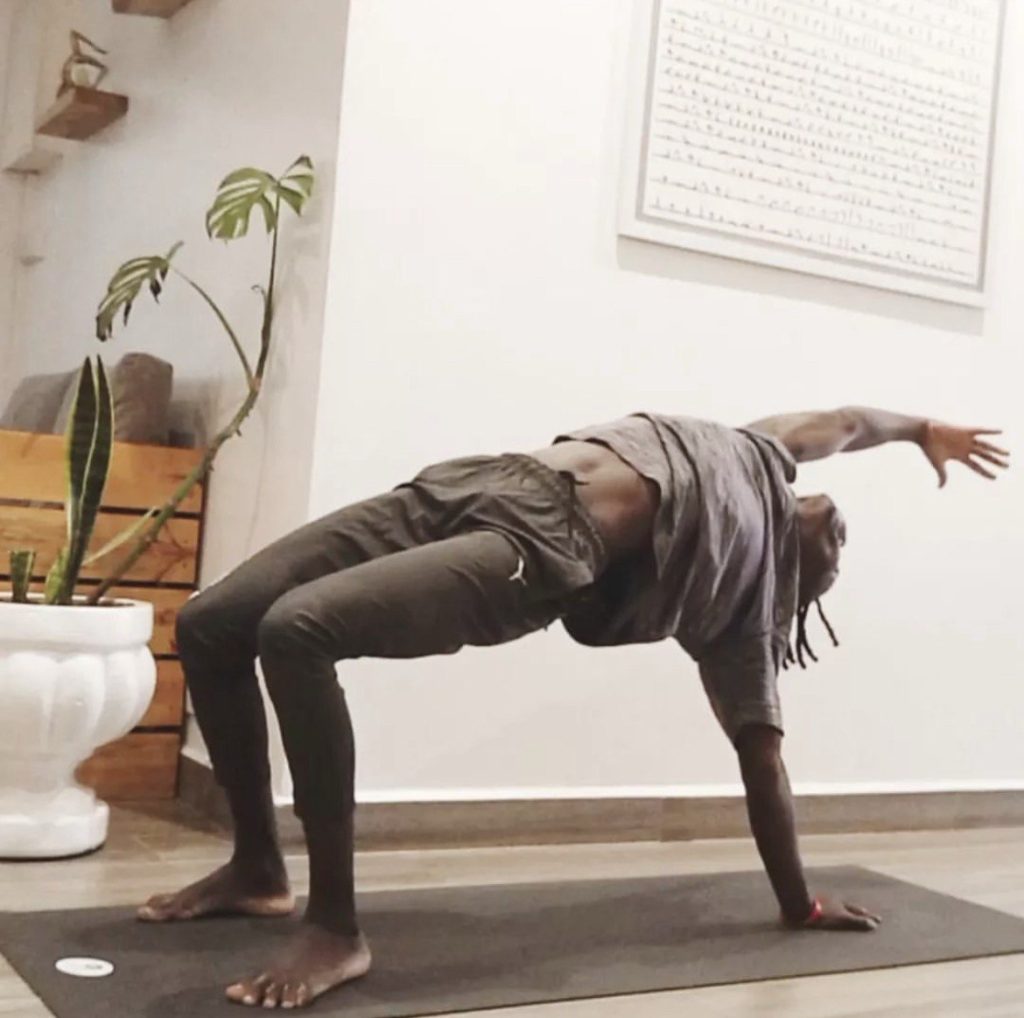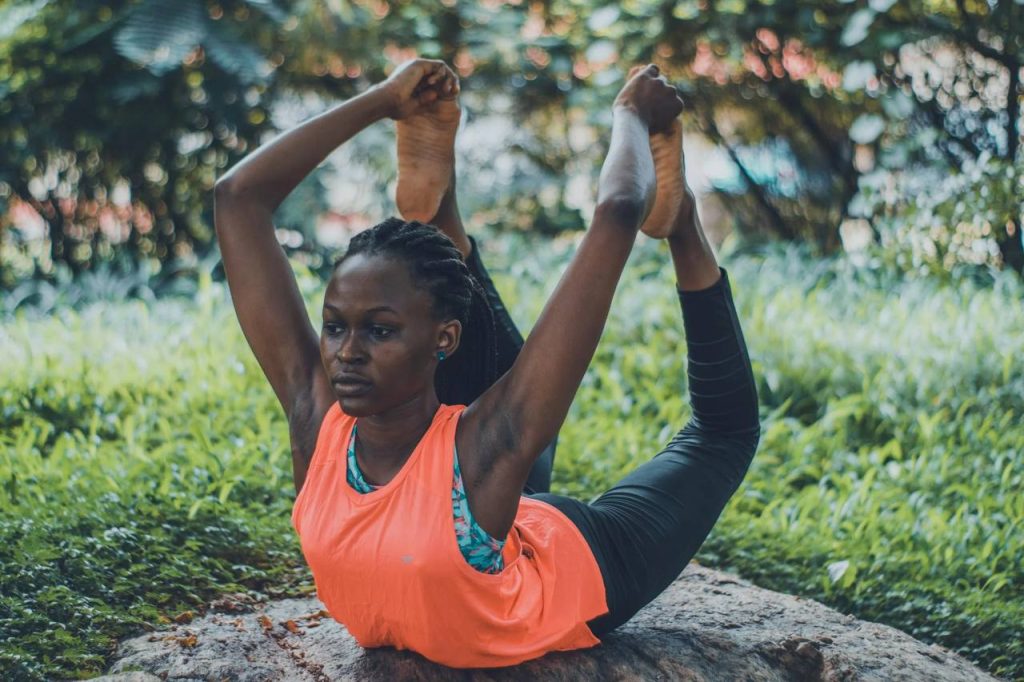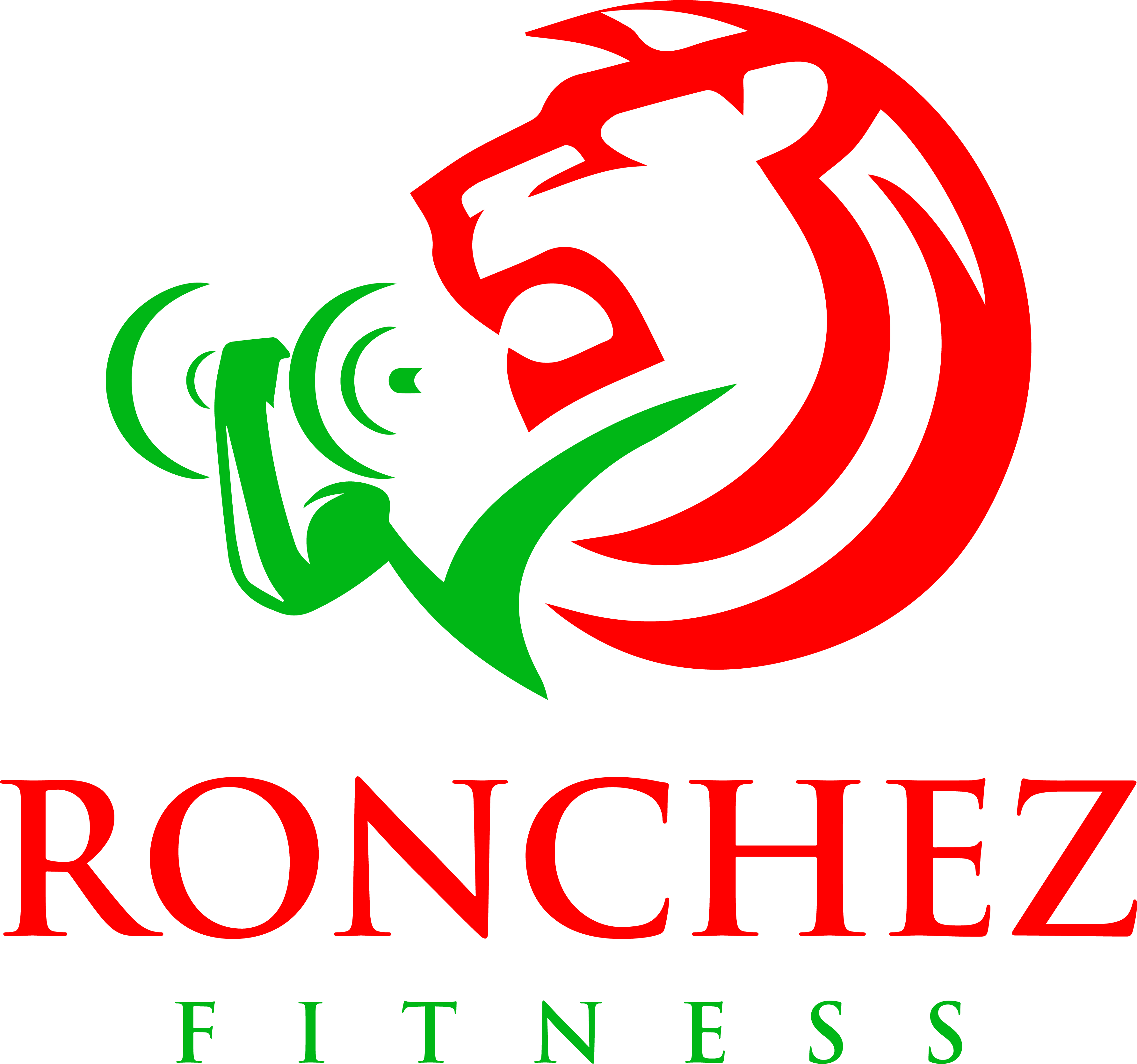Water creates its own happiness by flowing and effortlessly adapting to the shape of any container it encounters. It never resists change; it embraces it. If water were a person, Kenyans would say, “huyo ni survivor”—the ultimate survivor, always flexible, always moving. Water is in constant motion, forever seeking new paths, cracks, and spaces to flow through.
Just as water is essential to life, we can borrow from its principles. Life becomes not just more manageable, but more fulfilling, when we are open to change, when we adapt to our circumstances, and when we allow our bodies the freedom to move fluidly and without restriction. This is especially crucial as we age and work to maintain balance, posture, and injury-free movement.
To move like water, it’s important to understand the difference between flexibility and mobility—two terms that are often confused, yet both are key to your physical wellness. Let’s explore what sets them apart and why both are essential to your overall well-being.
Flexibility vs. Mobility
Mobility refers to the ability of your joints—there are over 350 of them—to move through their full range of motion without pain or restriction. It’s the smooth, unrestricted movement of your body. For example, when you squat deeply without discomfort or climb a staircase without feeling pain in your knees, that’s mobility in action. The ease with which you move while dancing is closely tied to your mobility.
Flexibility, on the other hand, is the ability of your muscles and connective tissues (like ligaments and tendons) to stretch and lengthen. It’s your body’s capacity to elongate its muscles without strain. If you’ve ever reached to grab something on a high shelf or touched your toes without feeling tightness, you were testing your flexibility.
In fact, flexibility is an important component of mobility. Without adequate flexibility, your joints can become stiff, limiting your range of motion and impacting your mobility. So, when you stretch your muscles and allow your body to move freely, you enhance your mobility. The two go hand in hand, working together to keep you moving fluidly and comfortably.
Why Flexibility and Mobility Matter for Your Well-Being
Improving your flexibility and mobility is key to maintaining a long, healthy, and injury-free life. A study has shown that individuals with good mobility are less likely to fall or experience injury, and they’re also more independent as they age. As we mentioned in our first blog, you can dance your way to happiness, and to move with ease, you need both mobility and flexibility. Just like you plan for your future financial security, it’s equally important to invest in the mobility of your body to ensure you can enjoy life to the fullest for years to come.
 Focusing on both flexibility and mobility helps to improve your posture, balance, and overall physical function. When your muscles and joints are working efficiently, everyday activities become easier and more comfortable—whether it’s bending down to pick something up or reaching for an item on a high shelf. Taking care of your body’s movement is an investment that pays off in more ways than one!
Focusing on both flexibility and mobility helps to improve your posture, balance, and overall physical function. When your muscles and joints are working efficiently, everyday activities become easier and more comfortable—whether it’s bending down to pick something up or reaching for an item on a high shelf. Taking care of your body’s movement is an investment that pays off in more ways than one!
Testing Your Flexibility and Mobility
Here are two examples of movements that will test and differentiate the two:
- Sit and Stand Test (Mobility)
Sit with your arms folded across your chest and measure how long it takes to stand up. If you find this difficult or need assistance, you may be experiencing limited mobility, especially in your hips or knees.
- Sit and Reach Test (Flexibility)
Sit on the floor with one leg extended and the other bent, with the sole of your foot against your inner thigh. Reach forward with both hands toward your toes. The further you can reach without discomfort, the better your flexibility. A greater reach indicates improved flexibility in your hamstrings and lower back.
Making Flexibility and Mobility Part of Your Wellness Routine
To move like water, always be flexible, and ensure your body stays mobile. Working on both aspects is vital for your long-term health, especially as you age. Whether it’s stretching daily, practicing yoga, or incorporating joint exercises into your routine, remember: stay fluid, stay adaptable, and keep moving like water.
Being flexible enough to adapt to life’s changes, physically and mentally, will ensure you continue to flow through life with ease. So go ahead—be like water. Be ready for change and keep moving toward your best, happiest self.
Remember: “Water is life.” Move like it.


I have enjoyed reading this. Curious to know, is the human body limitless when it comes to flexibility or does the body structure matter?
Thank you so much Vanessa for your question. The human body is not limitless when it comes to flexibility. A few things such as age and genetics matter. We will write a detailed blog about the same so you can have full information.
Good work, Ronnie. Keep it up!
I am humbled Jane, thank you so much!